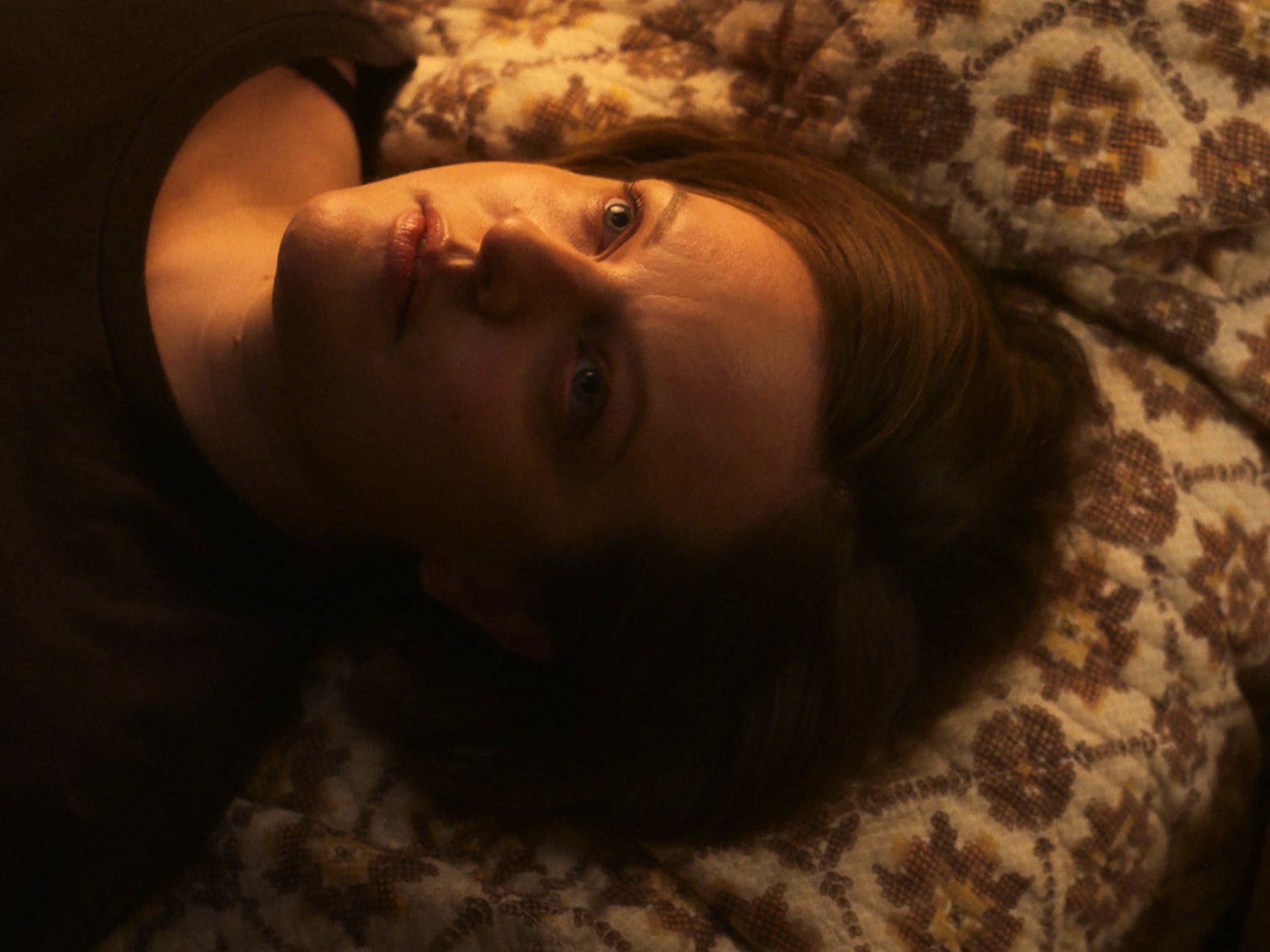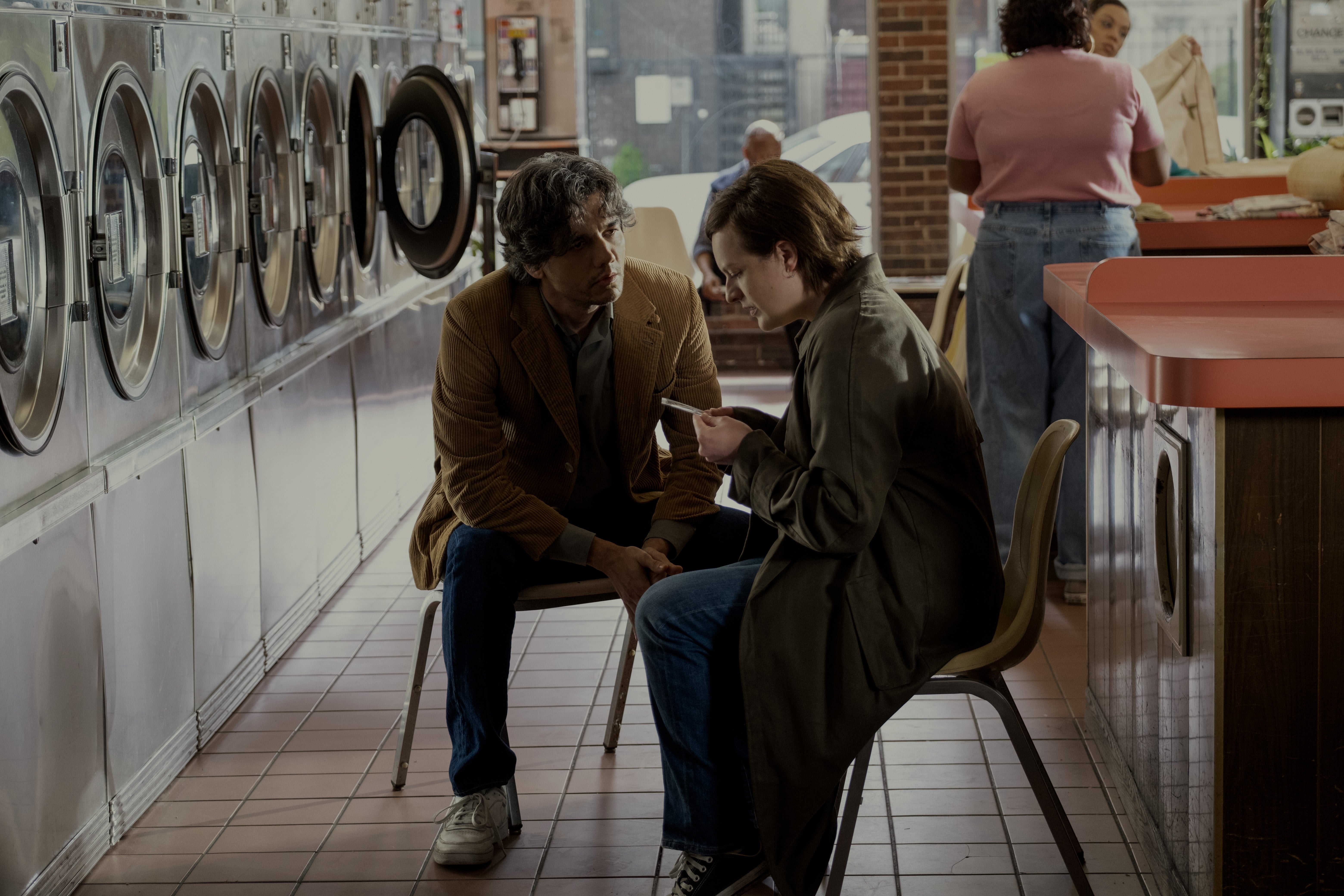Shining Girls’ intense examination scene proves Elisabeth Moss is always the very best thing on TV
The new Apple TV+ thriller is dark and mysterious, while its star – of ‘Mad Men’ and ‘The Handmaid’s Tale’ fame – is perfectly in sync with its time-bending creepiness, writes Amanda Whiting


Your support helps us to tell the story
From reproductive rights to climate change to Big Tech, The Independent is on the ground when the story is developing. Whether it's investigating the financials of Elon Musk's pro-Trump PAC or producing our latest documentary, 'The A Word', which shines a light on the American women fighting for reproductive rights, we know how important it is to parse out the facts from the messaging.
At such a critical moment in US history, we need reporters on the ground. Your donation allows us to keep sending journalists to speak to both sides of the story.
The Independent is trusted by Americans across the entire political spectrum. And unlike many other quality news outlets, we choose not to lock Americans out of our reporting and analysis with paywalls. We believe quality journalism should be available to everyone, paid for by those who can afford it.
Your support makes all the difference.There’s hardly a scene in the new Apple TV+ thriller Shining Girls that doesn’t feature Elisabeth Moss doing something stunning. She signals confusion with the trembling of her chin and later cries a single tear, which lingers on her waterline before tracking down her cheek.
Based on Lauren Beukes’s hit 2013 novel, the darkly mysterious Shining Girls sees Moss play Kirby, a mousy newspaper researcher who survives a brutal attack by a man who was never caught. The incident, which occurs six years before the series picks up, leaves her psychologically and physically scarred. Her day job at the Chicago Sun-Times is consumed by facts and reporting, but the details of her own life elude her. She can’t recall which desk is hers or the name of her pet cat, Grendel. Her memories seem to disintegrate under the weight of her trauma.
Each time Kirby remembers something new, she jots it down in a notebook, like a reporter might. But even this record gets revised. What Kirby knows for certain are the details of the night she almost died, written on her body in long, raised scars that criss-cross her abdomen.
Kirby’s slippery memories make for great jump scares, like when the ominous scraping at her bedroom door turns out to be Grendel, who is now a dog, but a cat again by the end of the episode. Sometimes Kirby’s misapprehensions are so dramatic that it’s bewildering she can live a normal life. Her apartment changes from scene to scene. So does her haircut. Which is why it’s surprising that the most astonishing scene in the show’s first episode, and the most brutal to watch, takes place in the quiet of a seemingly reliable, unshifting present.
Moss plays Kirby with humming unease; if you were sharing an elevator, you definitely wouldn’t want to meet her eye. But after her assailant appears to attack again, this time killing his victim, the withdrawn Kirby confides in a well-meaning colleague. He takes her to his friend, a city medical examiner, to see if her scars match the latest victim’s.
The exam takes place at night in the morgue, a windowless room with blue tiles running up the walls and body bags in the corridor. “Don’t worry, they can’t get out,” the examiner, Iris, tells Kirby of the corpses, scraping the bottom of the barrel of macabre humour. How many times has she told that joke before? Maybe not too often. Iris has the bedside manner of a doctor whose patients are dead on arrival. With Kirby on the exam table with her shirt pulled up, Iris describes the injuries forensically, like she’s taking dictation for her reports.
“He started on the anterior,” Iris says, tracing the dark scar tissue with her fingers like she’s reading Braille and not the warm skin of another person. She doesn’t ask before she touches. She’s not sensitive to the painful memories she’s stirring up. “You were on the ground?” Iris asks, inferring angles and events from the contours of Kirby’s wounds.

Curiously, Iris doesn’t tell Kirby anything she doesn’t know. Kirby, so often helpless and confused, remembers that night vividly: how she was held, when her attacker paused to avoid the eyes of a passer-by. These memories are corporeal; dark tattoos of the small set of facts she is certain of, the ones she doesn’t have to doubt.
It’s this moment – Kirby lying on a cold, sterile table meant for the dead – that is excruciating. Kirby’s attack ravaged her life, but this lifeless room tucked away in a hospital basement is a reminder of how bad it could have been. Moss’s breathing stutters; her eyelids flicker against the surgical light trained on her stomach. But even as Kirby begins to falter, Moss is careful not to overdo it. She doesn’t dip into the volatility that we’ve seen from her as June Osborne in The Handmaid’s Tale. For a minute, she’s as in control as we ever see her.
There’s a temptation to romanticise scars and how they connect us to our pasts, but it would be unfair to say that’s what’s happening here. Kirby’s body is, disturbingly and irrevocably, what she knows best. It’s the one truth she doesn’t need to scribble in a notebook.
‘Shining Girls’ is streaming on Apple TV+ now



Join our commenting forum
Join thought-provoking conversations, follow other Independent readers and see their replies
Comments